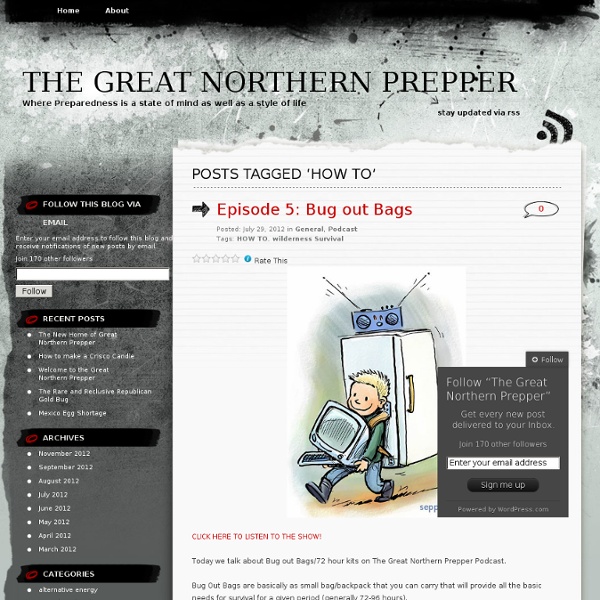Field Dressing Deer Instruction Guide
A simple step-by-step guide to field dressing your deer. Whether you call it field dressing, gutting, skinning or cleaning a deer, this simple guide should be helpful. GENERAL INFORMATION Well-cared for deer and antelope make fine table fare for many people.
Identifying Animal Tracks
Identifying animal tracks & sign, as well as interpreting and trailing, are primary skills of the wildlife tracker. Historically, animal tracking skills helped people find food, avoid dangerous predators, and read the stories on the landscape. Wildlife tracking skills continue to be valuable today and are being employed in wildlife research, conservation, and outdoor education. Identifying animal tracks and sign can open up an unseen world, a window into the lives of shy and elusive animals. This section of the online library contains an expanding offering of animal tracking articles, as well as many pictures of animal tracks & sign. You can peruse the articles below and/or sign up to the Alderleaf eNewsletter to get updates on new articles. Wildlife Tracking Articles: How to Identify Deer Tracks from Similar Footprints Illustrations and track characteristics highlighting key features that can be used to identify deer tracks from other hoofed mammals within the same size range.
Food Procurement - Traps & Snares
For an unarmed survivor or evader, or when the sound of a rifle shot could be a problem, trapping or snaring wild game is a good alternative. Several well-placed traps have the potential to catch much more game than a man with a rifle is likely to shoot. To be effective with any type of trap or snare, you must-- Be familiar with the species of animal you intend to catch. Be capable of constructing a proper trap. There are no catchall traps you can set for all animals. Runs and trails. Position your traps and snares where there is proof that animals pass through. For an evader in a hostile environment, trap and snare concealment is important. You must remove or mask the human scent on and around the trap you set. Traps or snares placed on a trail or run should use channelization. Use of Bait Baiting a trap or snare increases your chances of catching an animal. Trap and Snare Construction Traps and snares crush, choke, hang, or entangle the prey. Simple Snare Drag Noose Twitch-Up Squirrel Pole
Snares And Traps
Disclaimer: Traps are presented for information purposes only, they are dangerous, some lethally so. Using them is also illegal in all likelihood. Don't use them except in a survival situation. SPRING SNARE: Game running through the snare disengages the trigger bar,and the prey is flung off the ground. BAITED SNARE: Construct as for spring snare but using the release mechanism shown. LEG SNARE : Push a natural fork or two sticks tied together into the ground. PLATFORM TRAP: Site over a small depression on the game trail. FIGURE 4 DEADFALL : A simple and effective deadfall trap, can be made to any size. TRIPWIRE DEADFALL : A heavy log is suspended over a busy game trail, trips the wire and pulls a retaining bar from under two short pegs secured in a tree trunk. SPEAR DEADFALL : Same as tripwire deadfall but utilizing rocks to add weight and sharpened sticks to add trauma to the crushing blow.
Survival Hunting Tips
To endure the extreme conditions of a survival situation, animal fats and proteins must be eaten regularly, and survival hunting is an essential skill. Such situations are a drain on a person’s energy. Potentially inclement weather forces your body to metabolize calories at an increased rate to stay warm, and performing the physical tasks needed to take care of your body uses a lot of energy. The concentrated calories from wild edible animals obtained through survival hunting are an efficient way to keep the internal fire burning. In the wilderness, the most practical and accessible wild animals are small game, fish, reptiles and amphibians and invertebrates. These animals make the most sense to pursue and harvest in a survival hunting situation. Hunt and Prepare With Care Small game and birds are important when considering what kinds of animals to pursue for survival hunting. All wild game should be cooked thoroughly to kill any microorganisms in the meat. One Fish, Two Fish



